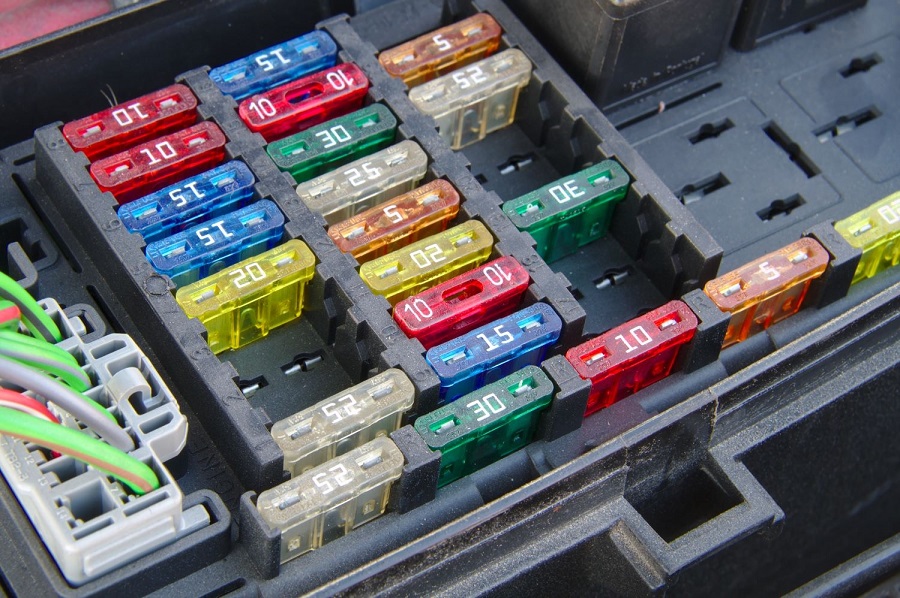Introduction
Battery Sensors is an extraordinary need for effective and dependable battery management systems due to the quick development of portable electronics, electric cars, and renewable energy sources. The intelligent battery sensor, a vital part that keeps an eye on and regulates the functionality, safety, and health of batteries, is at the center of these systems. We will go into the realm of battery sensors in this post, looking at their varieties, applications, evolution, and advantages for different industries.

The Importance of Battery Sensors
Modern gadgets cannot function without batteries; they power everything from laptops and cellphones to electric cars and renewable energy sources. But as time goes on, batteries can degrade, overheat, or even fail catastrophically. This can lead to decreased performance, safety problems, and environmental hazards. Because they offer real-time monitoring and control of battery parameters like voltage, current, temperature, and state of charge, battery sensor module are essential for reducing these hazards.
Evolution of Battery Sensors
Thanks to developments in software engineering, microelectronics, and materials research, battery sensor development has changed significantly throughout the years. Simple voltage and temperature sensors were the original generation of vivint low battery sensor, and they were employed in entry-level battery management systems back in the 1980s. Though their accuracy, dependability, and utility were limited, these early sensors cleared the path for the creation of more advanced sensors.
With the emergence of the second generation of battery sensors in the 1990s, more sophisticated sensing techniques such as electrochemical impedance spectroscopy and impedance spectroscopy were introduced. Although these sensors made it possible to monitor battery condition and state of charge more precisely, their complexity and expense remained a barrier.
The 2000s saw the emergence of the third generation of honda battery sensor, which took advantage of developments in software engineering and microelectronics to create sensors that were more precise, affordable, and small. To give a more complete view of battery performance, these sensors combined several sensing modalities, such as voltage, current, temperature, and impedance.
Types of Battery Sensors
intelligent battery sensor bmw fall into several types according to its functionality, application, and mode of sensing.
Voltage sensors: Determine the voltage of a single cell or the total voltage of the battery pack to get details about its general health and charge level.
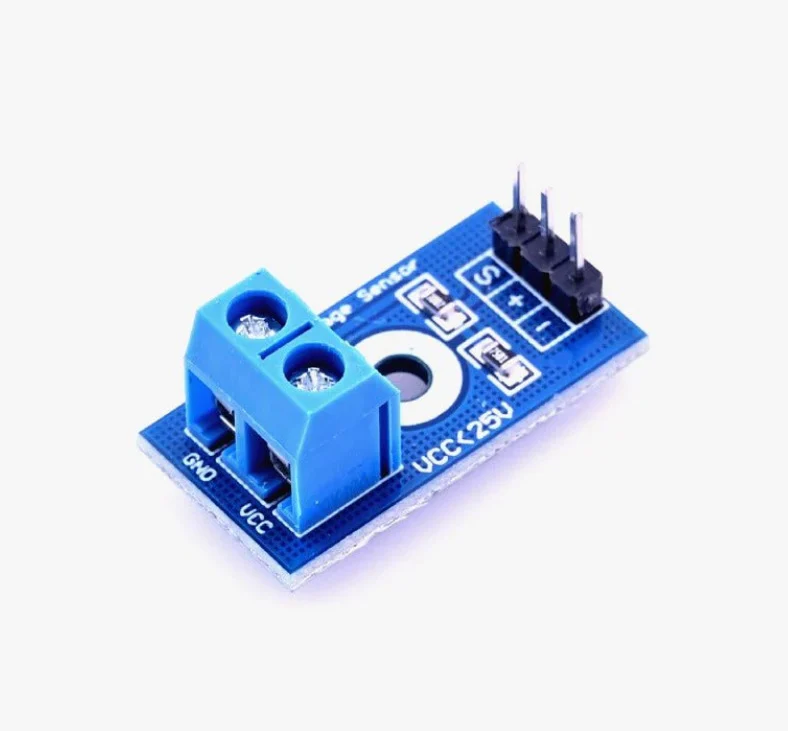
Current sensors: Keep track of the current entering and leaving the battery to calculate its state of charge, power usage, and energy efficiency.
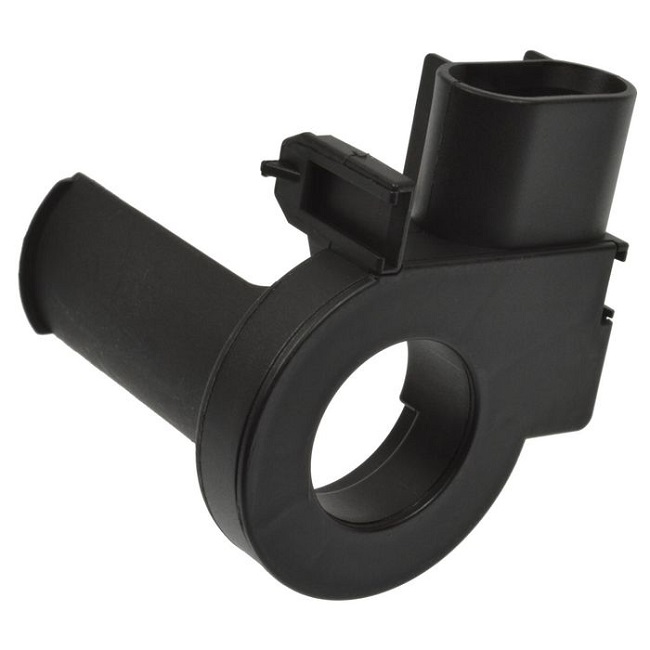
Temperature sensors: Check the temperature of the battery pack or individual cells to identify abnormalities and stop overheating.
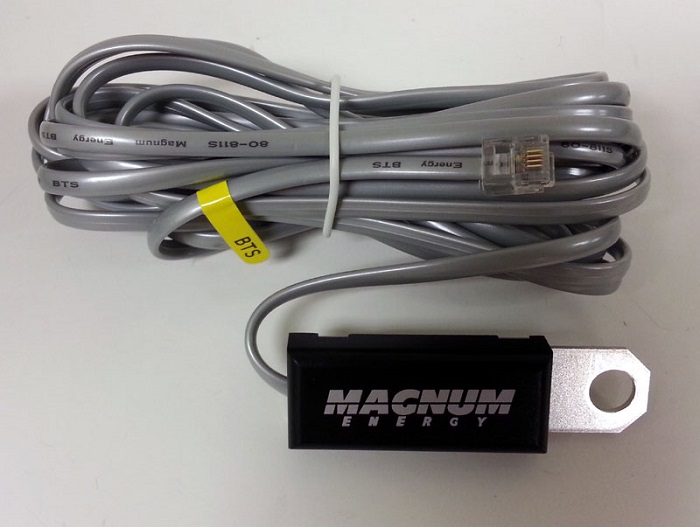
Impedance Sensors: Examine the battery’s internal resistance to gain knowledge about its condition, age, and capacity.
Electrochemical Impedance Spectroscopy (EIS) Sensors: Provide comprehensive information on the electrochemical parameters of the battery by measuring its impedance across a variety of frequencies.
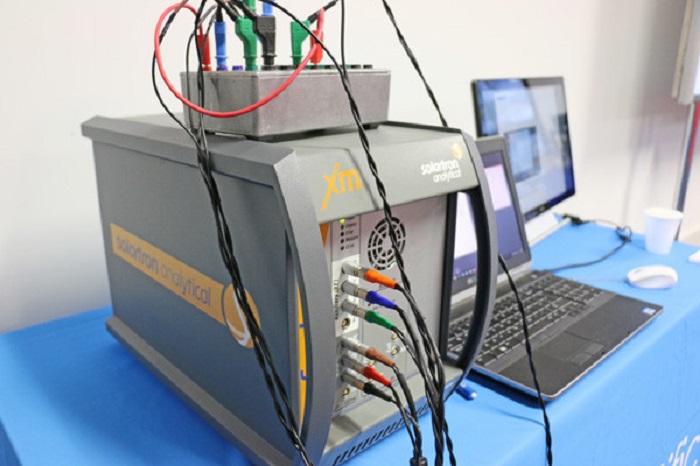
Acoustic sensors: Recognize variations in the sound signature of the battery, which can point to internal malfunctions or deterioration.
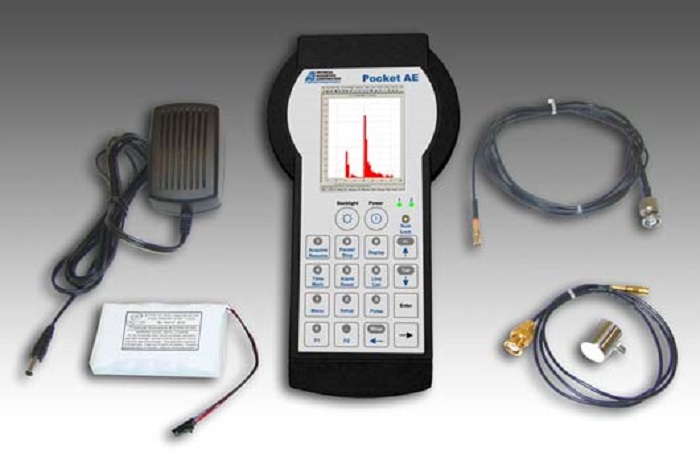
Optical Sensors: Using spectroscopic techniques, use light to measure battery properties like state of charge.
Applications of Battery Sensors
Battery sensors are widely used in many different industries, such as:
Electric Vehicles: Optimize performance, range, and charging times to ensure safe and effective operation of electric vehicles.
Renewable Energy Systems: Keep an eye on and manage energy storage devices to optimize performance and lower the chance of a battery failure.
Consumer electronics: Improve the functionality, security, and endurance of portable electronics like laptops and cellphones.
Aerospace and Defense: Supply vital battery management and monitoring for vital applications, like military hardware and airplanes.
Industrial Power Systems: Improve the dependability and energy efficiency of industrial power systems, such as data centers and backup power systems.
Benefits of Battery Sensors
There are many advantages to integrating battery sensors into contemporary systems and gadgets, such as:
Enhanced Safety: The possibility of overheating, explosion, and fire is decreased by real-time monitoring and management of battery parameters.
Enhanced Performance: Device efficiency, performance, and range are all increased by optimized battery management technologies.
Enhanced Efficiency: Energy waste and expenses are decreased by precise monitoring and management of energy storage and consumption.
Extended Lifespan: By extending their lives and replacing them on a proactive basis, batteries lessen environmental impact and technological waste.
Cost reductions: Significant cost reductions are achieved through decreased energy use, longer battery life, and less downtime.
Challenges and Future Directions
Even with the substantial advancements in battery sensor technology, a number of obstacles still exist, such as:
Cost and Complexity: The cost and complexity of high-precision battery sensors may prevent them from being used in some applications.
Scalability: One major difficulty that still needs to be addressed is the development of scalable battery sensor solutions for large-scale energy storage systems and electric cars.
Standardization: Interoperability and integration are hampered by the absence of standardization in battery sensor interfaces and protocols.
Researchers and business executives are investigating novel sensing modalities, such as artificial intelligence-driven battery management systems, graphene-based sensors, and nanotechnology, to address these issues. Unlocking the full potential of battery technology and promoting the broad adoption of electric vehicles, renewable energy systems, and energy-efficient products will depend on the development of more precise, affordable, and scalable battery sensors.
Conclusion
Since its invention, battery sensors have seen significant development, going from basic voltage and temperature sensors to complex multi-modal sensing systems. Battery sensors will become even more crucial as the market for dependable and efficient energy storage expands. Through comprehending the development, varieties, uses, and advantages of battery sensors, we can fully utilize battery technology and build a more interconnected, sustainable, and efficient society.

